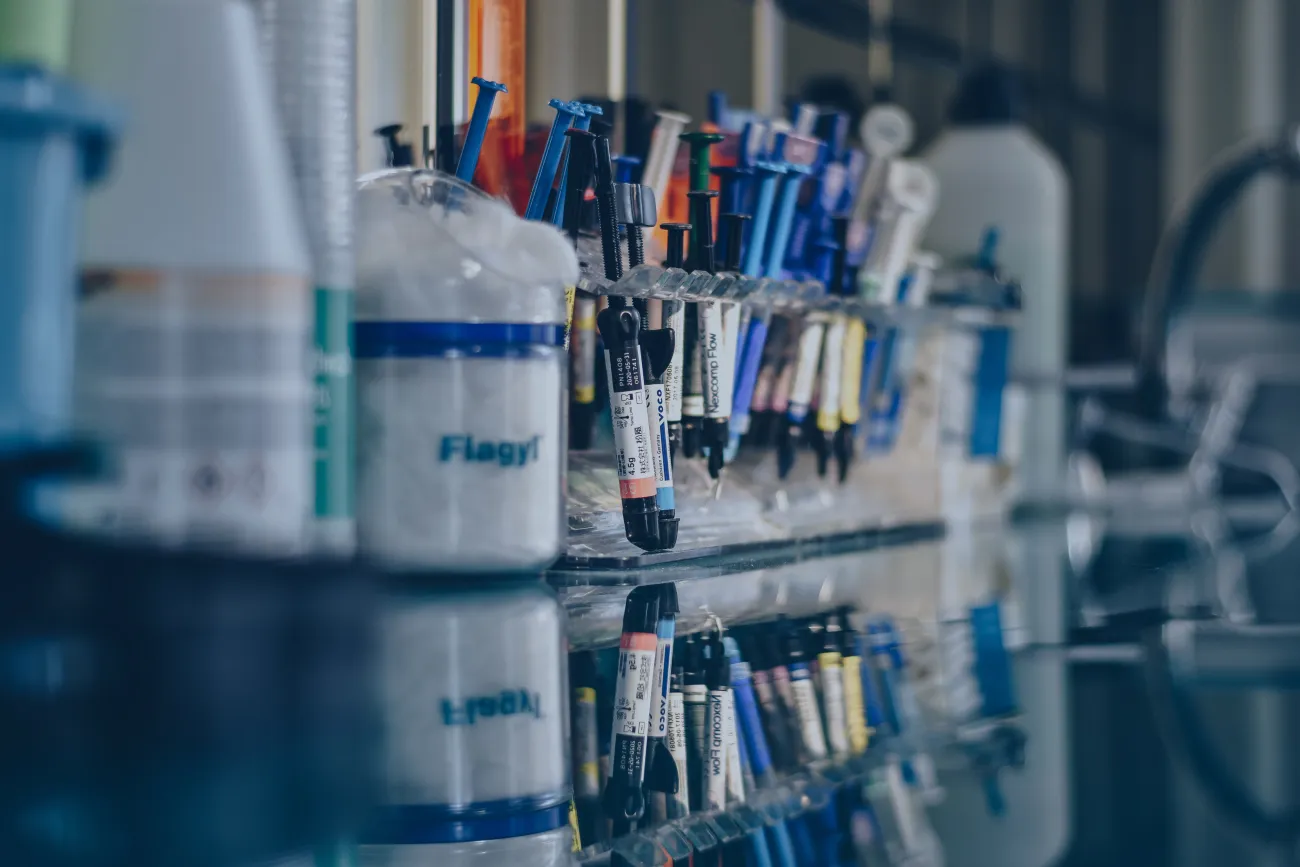Health Care Industry Remains in DOJ Fraud and Abuse Crosshairs

The federal government revealed in a recent report that of the $3 billion it recovered last year from companies charged with fraud and abuse, more than $2.6 billion involved the health care industry, marking the tenth consecutive year that the Department of Justice recovered more than $2 billion from that sector.
The new numbers – published in DOJ’s annual False Claims Act recoveries statistics for Fiscal Year 2019 – brings FCA recoveries since FY 1987 (the year after Congress amended the FCA to incentivize whistleblowers further to file suit) to more than $62 billion. FCA recoveries since 2009 total more than $40 billion. The FCA is the federal government’s primary tool for combatting fraud involving government funds. The $2.6 billion recovered in FY 2019 from health care companies is a slight uptick from 2018.
DOJ’s 2019 recoveries, which represent a roughly $150 million increase year-over-year from FY 2018, evince the government’s continued efforts to vigorously enforce the FCA, especially in cases involving alleged health care fraud.
The $2.6 billion in recoveries from cases involving the health care industry came on the heels of $2.5 billion in recoveries in that category in FY 2018. These cases involve:
- Drug and medical device manufacturers
- Managed care providers
- Hospitals
- Pharmacies
- Hospice organizations
- Laboratories
- Physicians
DOJ’s blockbuster health care fraud cases this past year have often involved allegations of kickbacks. DOJ continues to focus on co-pay assistance provided by drug manufacturers and reported that seven major drug manufacturers paid a combined total of more than $624 million to resolve allegations that they illegally paid patient copays for their own drugs through purportedly independent foundations that the companies treated as mere conduits.
Recoveries from government procurement and defense contracting cases accounted for roughly $252 million in FY 2019, up from roughly $108 million last year. Notable cases included five South Korea–based companies that reportedly paid more than $162 million to resolve allegations that they engaged in anticompetitive conduct targeting contracts to supply fuel to the U.S. military in South Korea and made false statements to the government in connection with their agreement not to compete, causing the government to pay more for fuel supply services in South Korea than it would have absent collusion.
Whistleblowers—known as “relators”—remain DOJ’s most significant source of new FCA matters and recoveries. Like in FY 2018, whistleblower suits accounted for more than $2.1 billion of DOJ’s total recoveries in FY 2019.[1] DOJ reported that whistleblowers filed 633 qui tam suits in FY 2019 out of 782 total matters (81%), compared to 646 out of 769 total matters in FY 2018 (84%). Whistleblowers reportedly recovered $265 million in relator-share awards under the FCA’s relator‑bounty provisions, compared to nearly $342 million last year.
Like in FY 2018, DOJ’s press release emphasized that “[t]he department continued its commitment to use the False Claims Act and other civil remedies to deter and redress fraud by individuals as well as corporations,” noting certain settlements with company executives in their individual capacities.
There is no indication thus far in FY 2020 that we will see a reduction in the number of FCA investigations and recoveries.
Each year, DOJ’s fraud recoveries press release serves as an important reminder that entities in highly regulated industries that benefit from government expenditures—such as health care or government contracting—should maintain robust compliance programs and proactively address potential FCA concerns with experienced counsel. Otherwise, even a seemingly minor regulatory oversight can snowball into substantial exposure under the FCA’s treble-damages and civil-penalties provisions, or even debarment.
[1] Where there is a slight discrepancy between the numbers stated in DOJ’s press release and in its statistical tables, we state the numbers in the press release.
Contacts
- Related Industries
- Related Practices


